An Amazing Family Adventure at the Dallas Zoo
Recently I had the opportunity to explore a wonderful world of animals with my family at the Dallas Zoo, the oldest and largest zoological park in Texas!
Eliana was very excited to go to the zoo, since this was her first time going to the Dallas Zoo. (Everyone else in the family were also first-timers except for me, since I went to the Dallas Zoo summer camp in March of 2015.) “We’re going on an adventure, to see animals. We’re going to the zoo!” she said excitedly.
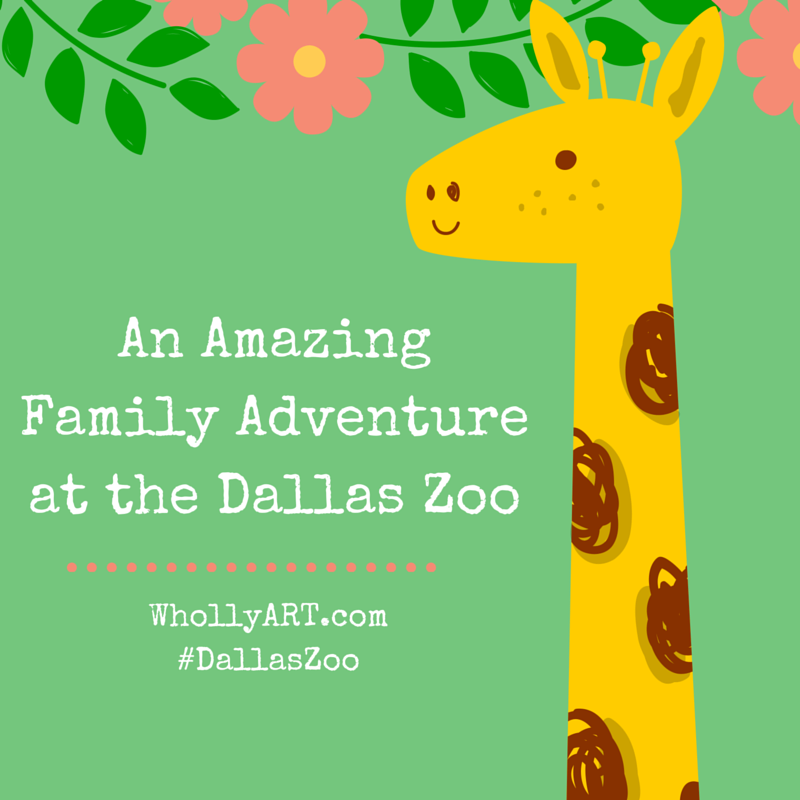
Since mom and dad had worked so hard to make this a surprise, I didn’t let on that I was aware, but Eliana soon let Elisha know, as well. :D
We got a head start on sightseeing, and there were quite a few people around, but not too many. Our first stop was the endangered species carousel, which was equally fun for my two-year old sister, as well as my thirteen-year old sister.
Then, we journeyed to the Koala Walkabout. My mom was thrilled to see the koalas because they are her favorite animals! We were in luck, because The Dallas Zoo is one of only 10 zoos in the country with a koala exhibit, and home of the only koalas in Texas, Gummy and Tekin!
When we saw the two koalas, they were both sleeping, which didn’t surprise me at all, since that is an activity they engage in for 18-20 hours each day!
It’s awesome that we got to go to the Dallas Zoo because, since we’re home-schooled, this was a school field trip!
Our whole family learned some cool facts about our furry koala friends:
- Koalas have fingerprints! In fact, it’s difficult to distinguish a human fingerprint between a koala’s fingerprint, even using microscopic equipment!
- The koala’s primary food source are the leaves of the eucalyptus tree, which are poisonous to other animals, but the koala can easily digest them with its’ long intestine to break down the tough leaves and special bacteria to break down toxic oils.
- Koalas only eat three dozen of the over six-hundred eucalyptus trees, otherwise known as gum trees! They eat about 3 pounds of the leaves each day.
My mom told me that in her country (the Dominican Republic) they make remedies and teas out of the eucalyptus leaves.
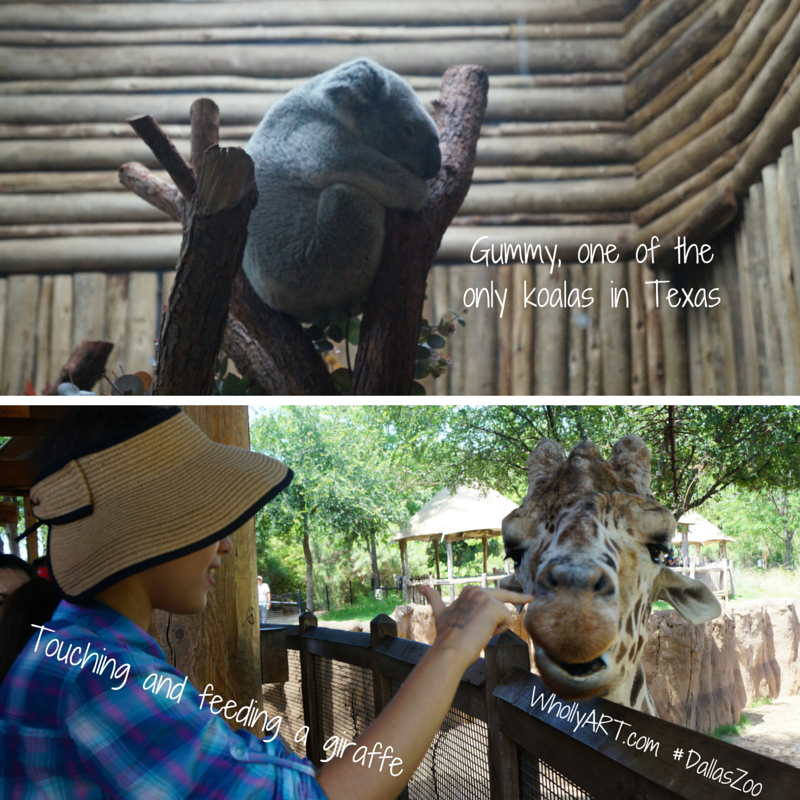
When we arrived at the giraffe exhibit, our parents surprised us with tickets to feed the giraffes! Elisha was thrilled, because that is her favorite animal! I got to touch the giraffe by putting two fingers under his nostrils, and it was very soft and hairy!
Did you know that giraffes have seven neck bones, the same amount that we do? I found it interesting that they can reach leaves up to 20 feet and they can walk a day after they’re born!
We headed to The Lacerte Family Children’s Zoo, where we saw a variety of different farmyard animals. We even pet some pregnant goats!
Next to the Farmyard, we saw some koi fish, which can live up to 70 years old (though the oldest one ever recorded was 200 years old.) We learned that fishes’ different faces help them do different things, like sucking up plants or small animals to eat.
Inside the barn, we saw everything from a pony to a little bunny! I saw a horned owl for the first time, and I discovered that they have special feathers that make no sound when they fly, and that because of their large eyes, they have to move their whole heads in order to see something.
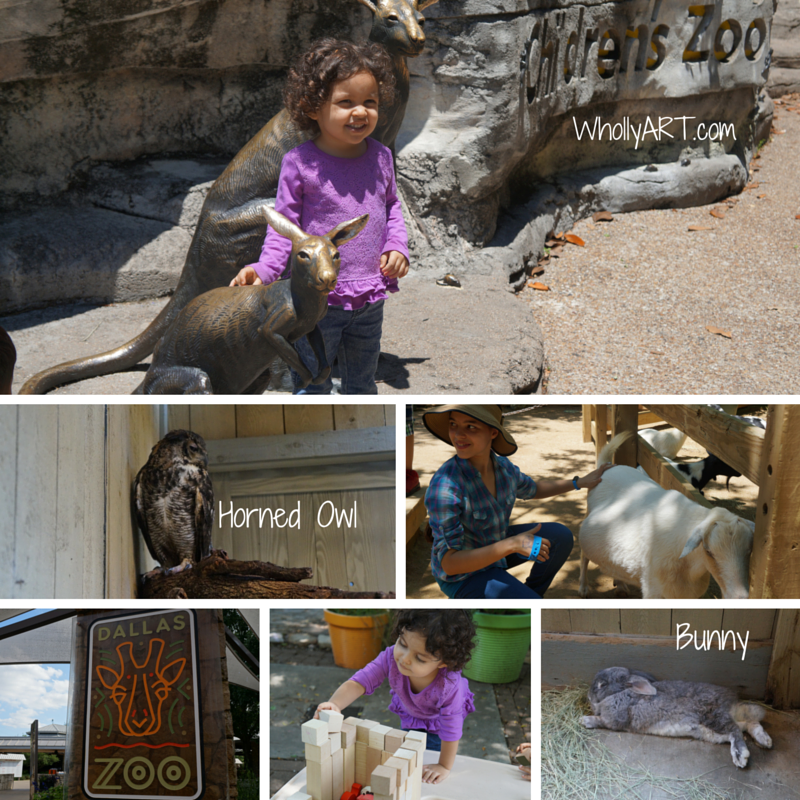
As our family was on our way to the Giants of The Savanna exhibit, I stopped by the Lemur Lookout, I snapped some shots of the lemurs and noticed that there were some new additions. I was right! Three 250-pound Aldabra tortoise were added to the exhibit. These massive creatures were quite a sight, and with their colossal size, it was incredible to discover that they have a plant-based diet, with the exception of a few rare occasions when they eat invertebrates (animals without backbones.)
I saw my favorite animal, the graceful flamingo, as well as the colorful parrots and many other birds. I learned that there are over 9,800 species of birds worldwide!
As you can see, animals are amazing and we have so much to learn from them. But they do much more than amuse, entertain, or educate us. They actually help the environment!
- Animals like vultures eat dead animals. How does that help us? That clears our roads and helps the decaying flesh turn into earth. They’re an amazing clean-up crew!
- Prey (animals that are eaten by other animals) provide enough food for predators.
- Animals can also control pests. Bats eat insects, which means less mosquitoes!
- Predators (animals that eat other animals) like cheetahs, lions, and bobcats help control the population of other animals so that there aren’t too many.
- Birds help spread seeds of many plants so we have enough oxygen to go around from trees!
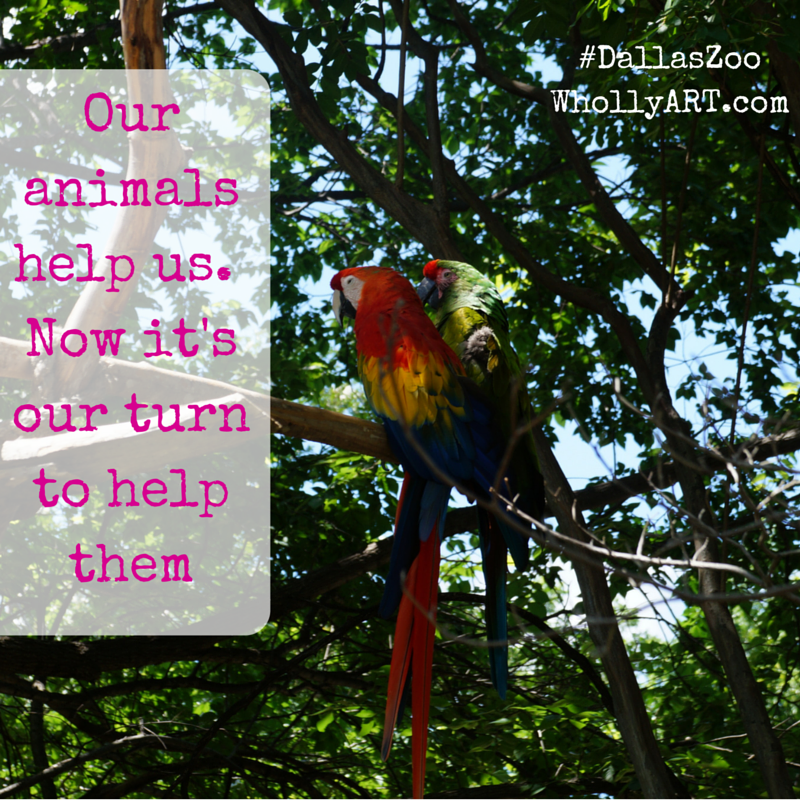
And the list goes on! The only problem is that the more pollution and habitat destruction occurs, our beneficial friends are becoming threatened. The good news is, we can pay it forward and do something for them, too:
- Purchase re-usable cloth bags for trips to the store so that animals don’t suffocate in them.
- Use less paper so that the forests where koalas live aren’t cut down
- Start a compost pile with your apple cores, banana peels, rotting vegetables, and leftovers so that they don’t go to landfills.
- If you’re going to eat gum, please dispose of it properly by putting it in the trash, because if birds see it on the ground, they’ll eat it and get sick.
- Get a recycling bin and put paper, empty water bottles, glass, and more inside.
- Buy recycled, animal-friendly products for a greener world!
I had a wonderful time at the Dallas Zoo, learning about animals and how we can help them. The zookeepers were very informative and helpful, the animals were happy and well taken-care of, and the zoo was beautiful. When will you be planning your trip to the Dallas Zoo? Which one of these steps will you take to save our most helpful animal friends? I’d love to hear from you in the comments below!
[elyssa]

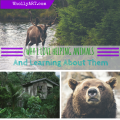



What an incredible experience! There are so many animals and activities. I recommend arriving as soon as they open at 9am, and even then, you may not have time to see and do everything.
Gorgeous photography, Elyssa, and very educational. Even though I was right there with you, I still learned more reading your blog post! I love you passion for animals and learning. Keep it up!